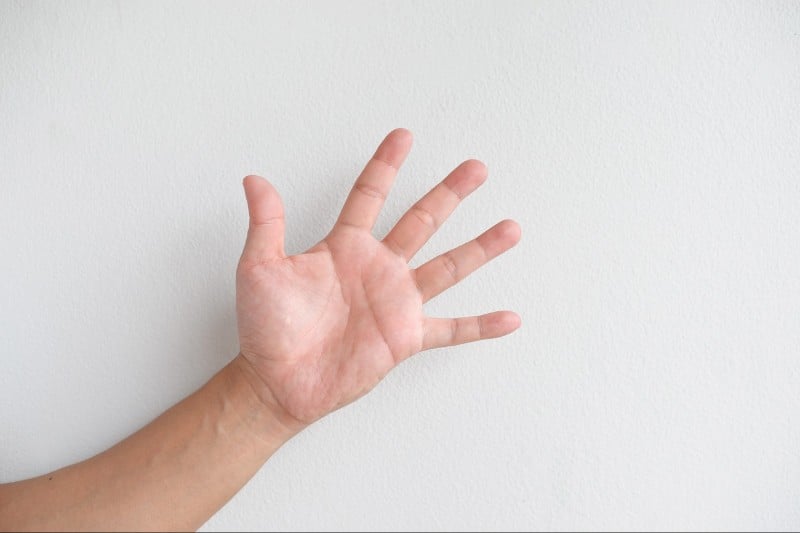In an intriguing intersection of anatomy and behavior, scientists have discovered that the length of your ring finger compared to your index finger might predict your relationship with alcohol. This connection, rooted in prenatal hormone exposure, offers new insights into why some people may be more prone to higher alcohol consumption than others.
Published in American Journal of Human Biology | Estimated reading time: 4 minutes
Researchers from Swansea University and the Medical University of Lodz have uncovered a surprising link between finger length ratios and drinking patterns. Their study of 258 university students revealed that individuals with longer ring fingers (4th digit) relative to their index fingers (2nd digit) tend to consume more alcohol – a trait associated with higher prenatal testosterone exposure.
Professor John Manning from Swansea’s Applied Sports, Technology, Exercise and Medicine (A-STEM) research team emphasizes the significance of understanding individual differences in alcohol consumption: “Alcohol consumption is a major social and economic problem. Therefore, it’s important to understand why alcohol use shows considerable differences across individuals.”
The study’s findings highlight distinct gender patterns, with men generally showing higher alcohol consumption and mortality rates from alcohol abuse compared to women. This gender disparity aligns with the researchers’ hypothesis about sex hormone involvement, as the finger length ratio (known as 2D:4D) serves as a biological marker for early hormone exposure.
Particularly noteworthy was the strength of these associations in male participants. The relationship between finger ratios and alcohol consumption patterns varied from small to large correlations, with the strongest connections observed in men. Even when accounting for body size, the finger ratio remained a significant predictor of alcohol consumption patterns.
These findings build upon previous research linking digit ratios to various health outcomes, including COVID-19 severity and oxygen consumption in athletes. The researchers suggest their work could contribute to a better understanding of the biological factors influencing drinking behaviors, from occasional use to potentially harmful dependence.
Glossary
- Digit Ratio (2D:4D)
- The relative length between the index finger (2nd digit) and ring finger (4th digit), considered an indicator of prenatal hormone exposure
- Prenatal Sex Steroids
- Hormones like testosterone and estrogen that influence development before birth
- Sexual Dimorphism
- Physical differences between males and females of the same species, such as finger length ratios
Test Your Knowledge
What does a longer ring finger relative to index finger suggest about prenatal hormone exposure?
A longer ring finger suggests higher testosterone exposure relative to estrogen during prenatal development.
How many participants were included in this study?
The study included 258 participants, with 169 being female.
Were the associations between finger length ratios and alcohol consumption stronger in males or females?
The associations were stronger in males compared to females.
What is the potential significance of this research?
This research could help better understand the biological factors underlying different patterns of alcohol consumption, from abstinence to dependence.
Enjoy this story? Subscribe to our newsletter at scienceblog.substack.com.


